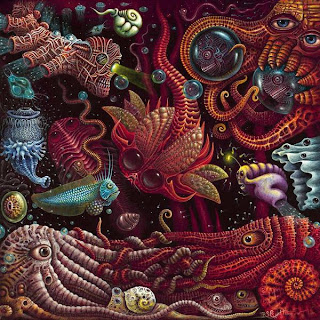Andrea Zittel
- American sculptor, installation artist, and realist artist.
- creates functional objects that fulfilled the artist’s needs relating to shelter, food, furniture, and clothing.
-She believes function of art has more to do with facilitating new forms of perception. Art helps you to perceive things in a different way.
- She sees design as a pursuit to shape the way that these things look and function in a more practical sense... and craft delves into production and the way in which they are made.
- Thinks that all three areas can be components of a single object.
She creates crazy imaginative places that are also functional. They all seem very homey and i kinda just want her to design my bedroom..yeah.















